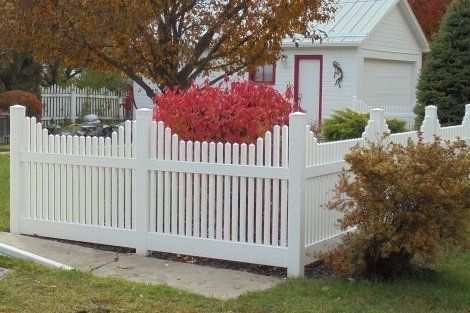Ornamental iron fences represent more than mere functional barriers—they embody art, craftsmanship, and rich history. The history of ornamental iron fences is intricately linked to architectural styles and cultural trends, offering a blend of utility and beauty. Let's explore how ornamental iron fences came to be, how they've evolved over time, and how they continue to influence design today.
The Beginnings of Ornamental Iron Fencing
The origins of ornamental iron fencing can be traced back to the ancient civilizations of Egypt and Rome, where metals like iron and bronze were used to create barriers and decorative elements. These early iron fences were often simple and functional, designed more for security than aesthetics. However, as metallurgy advanced, so did the potential for more elaborate and artistic designs.
Transformations in the Design of Ornamental Iron Fences
During the 17th century, ornamental iron fencing evolved, becoming more detailed and artistic, especially in Europe. The industrial revolution of the 18th century was pivotal in making iron more affordable, enabling the creation of elaborate designs. Fences and gates adorned with intricate scrollwork, finials, and ornate patterns flourished in palaces and estates, marking the golden age of ornamental iron work.

Cultural Impact on Ornamental Iron Fence Designs
As iron fencing became more widespread, the designs started to reflect the cultural influences of different regions. In France, for instance, the ornate, baroque-style fences showcased the country’s rich aristocratic heritage. Meanwhile, in the United States, iron fences became a status symbol, particularly in the 19th century, as wealthy landowners and industrialists sought to showcase their prosperity with grand, decorative fences. These cultural shifts led to the creation of diverse designs, each with its own unique features based on regional tastes and available materials.
Contemporary Adaptations of Ornamental Iron Fencing
Ornamental iron fencing has adapted to modern needs, blending the charm of traditional designs with contemporary materials and techniques. While classic styles are still in demand, today's iron fences often feature minimalist and sleek designs that cater to both security and aesthetics. Modern fences maintain the essence of the history of ornamental iron fences while embracing new trends and technologies.
Wrapping Up
The history of ornamental iron fences tells a tale of innovation, evolving from utilitarian barriers to architectural masterpieces. Whether you're planning to install ornamental iron fencing or just admire their timeless appeal, their rich history and ongoing evolution make them a unique and valuable choice.
Which ornamental iron fence design resonates with you? Share your thoughts in the comments below!
#OrnamentalIronFencing #HistoryOfFencing #IronFences #FenceDesign #Metalwork #DecorativeIron #FencingHistory #ModernDesign #CulturalDesign